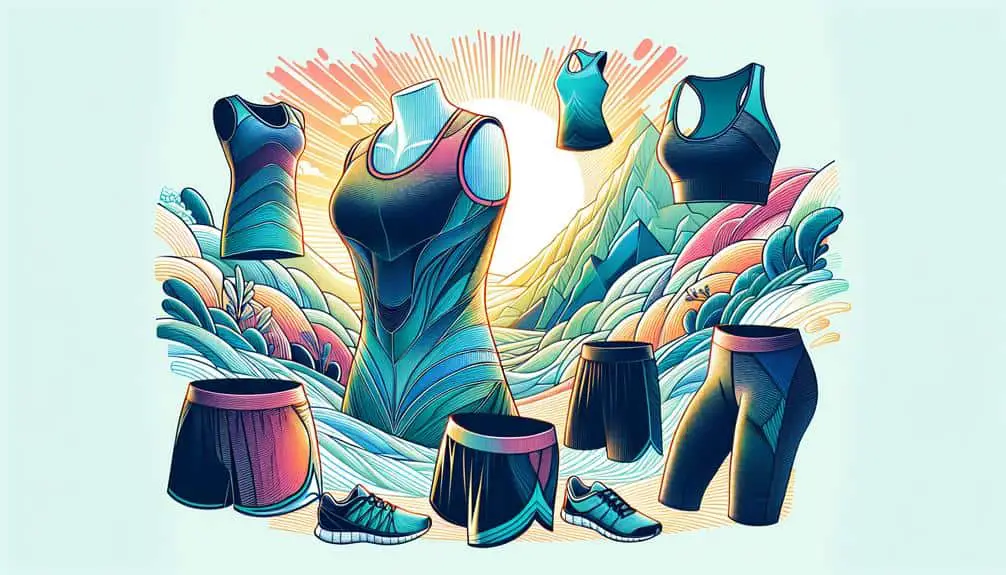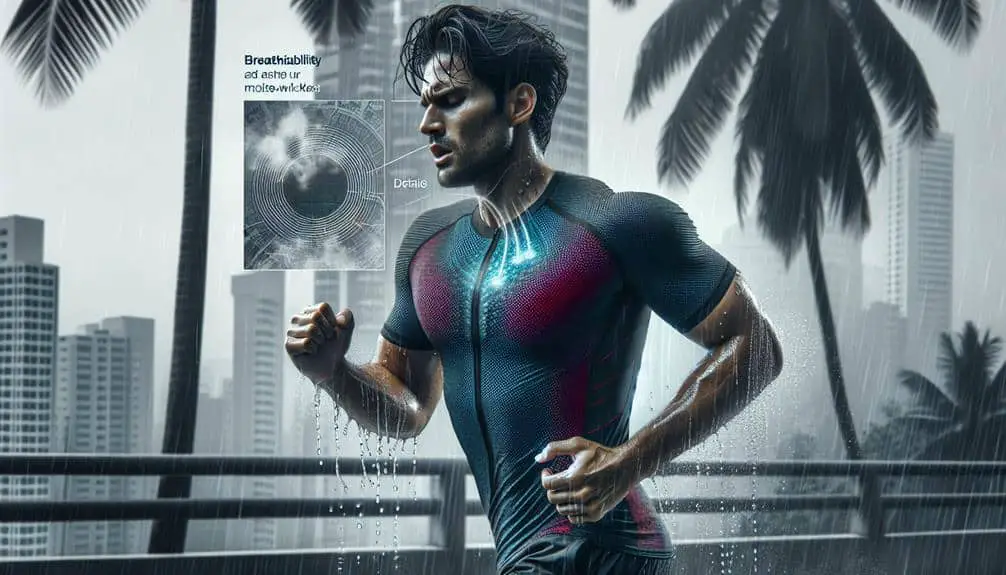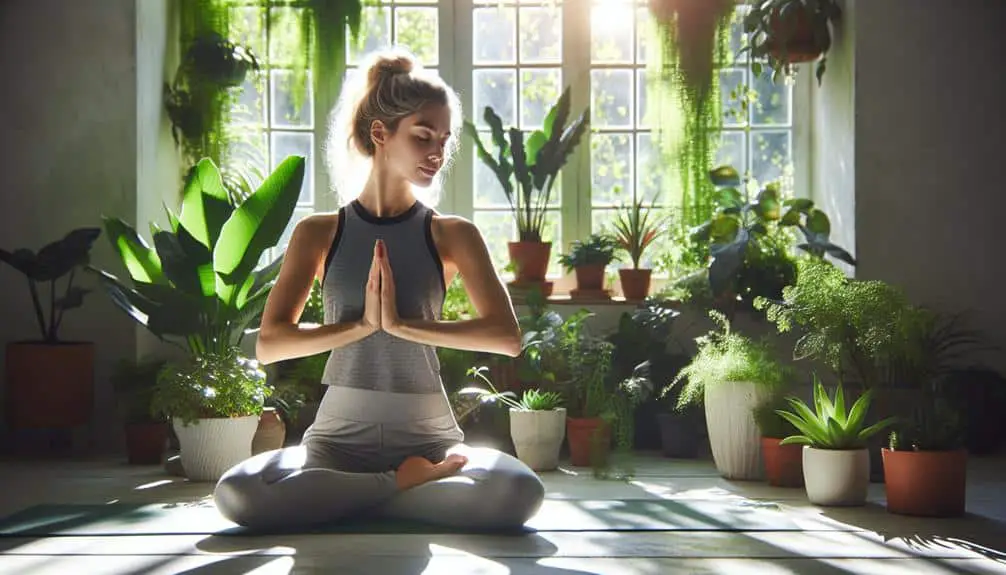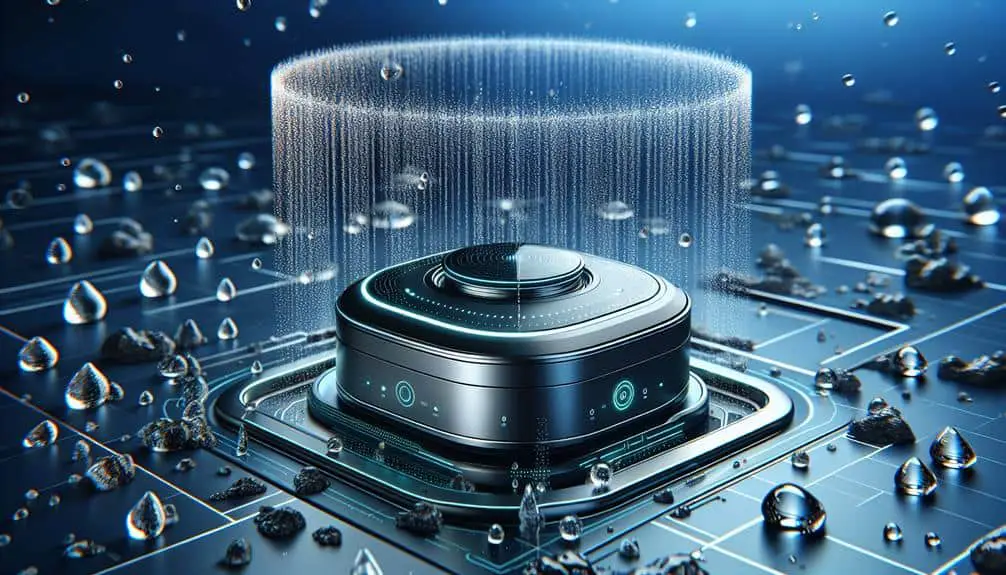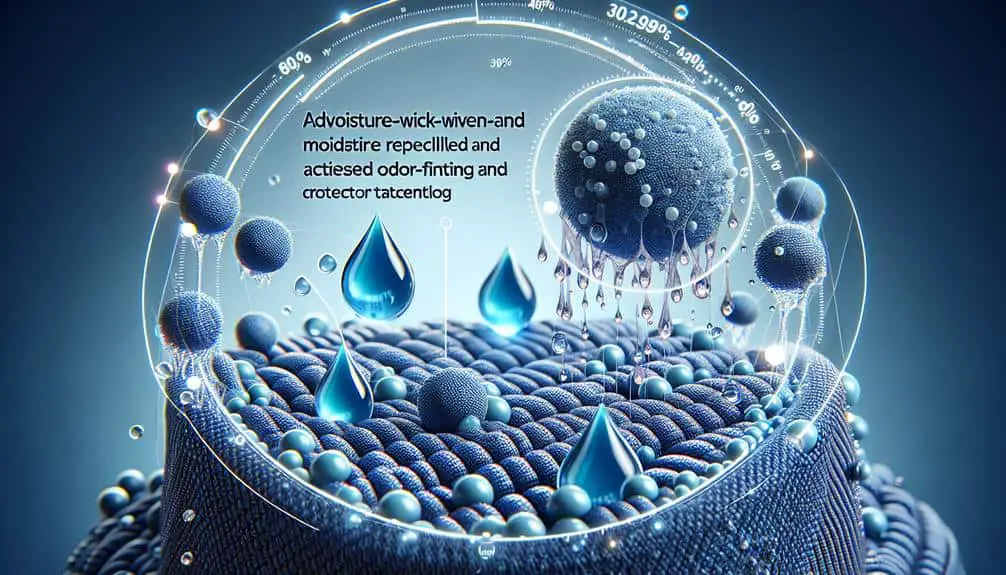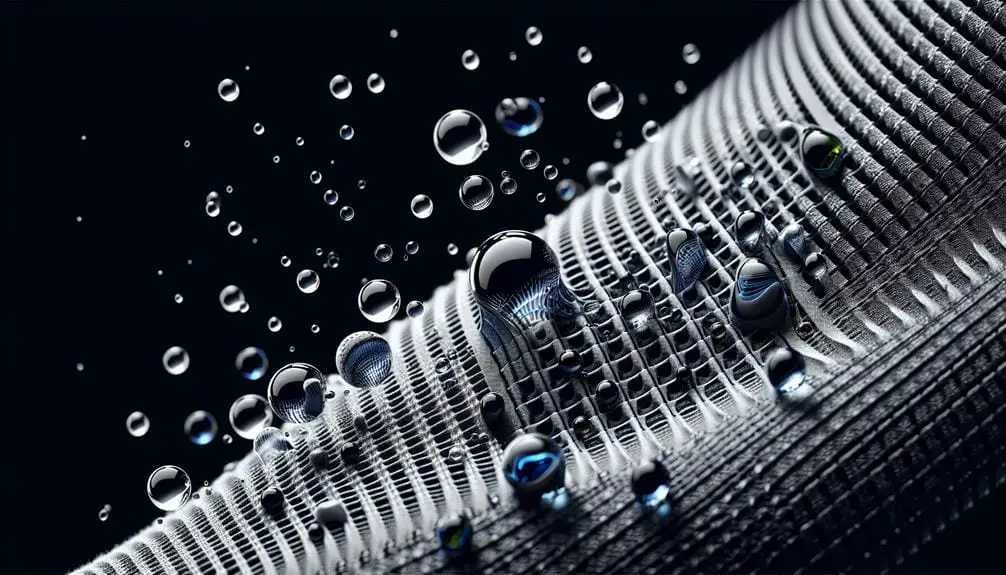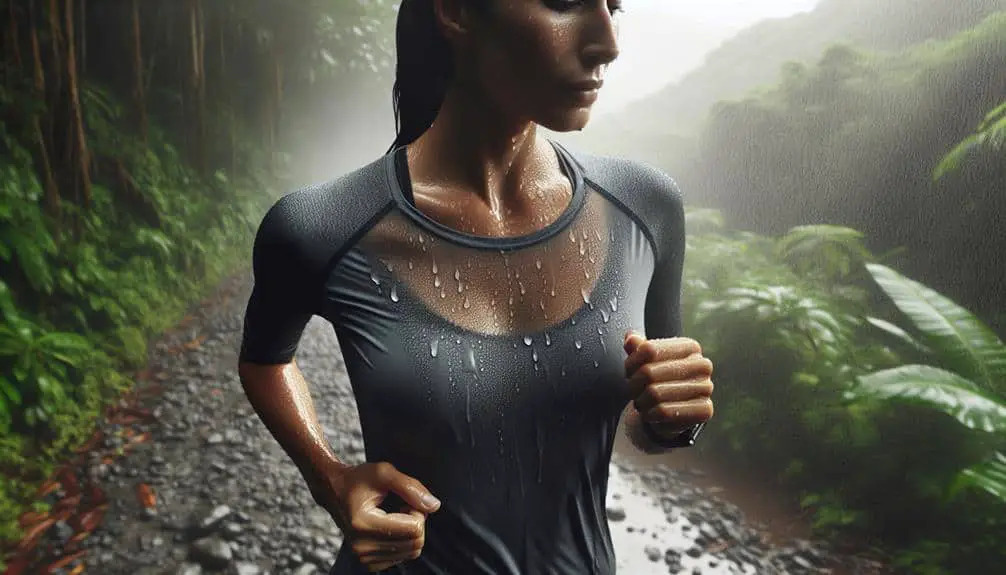What Are the Moisture Control Properties of Outdoor Clothing?
Outdoor clothing must effectively manage moisture to enhance your experience. Fabrics like polyester, nylon, and merino wool excel in this aspect. Polyester swiftly moves sweat for evaporation, nylon offers durability, and merino wool is antimicrobial. These fabrics use capillary action to draw moisture away. Innovation in fabric microstructures and treatments boosts moisture-wicking abilities. Moisture-wicking shirts […]
What Are the Moisture Control Properties of Outdoor Clothing? Read More »

